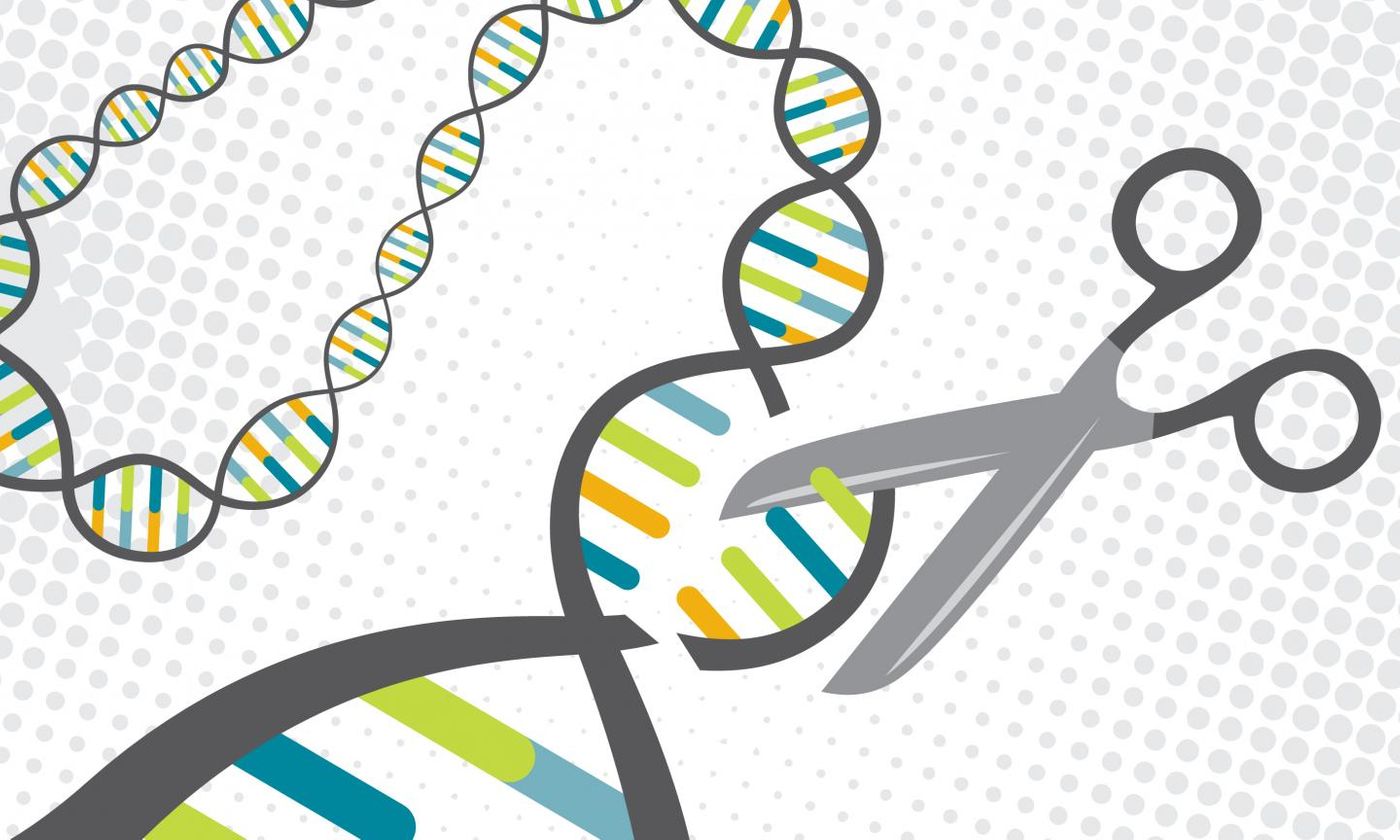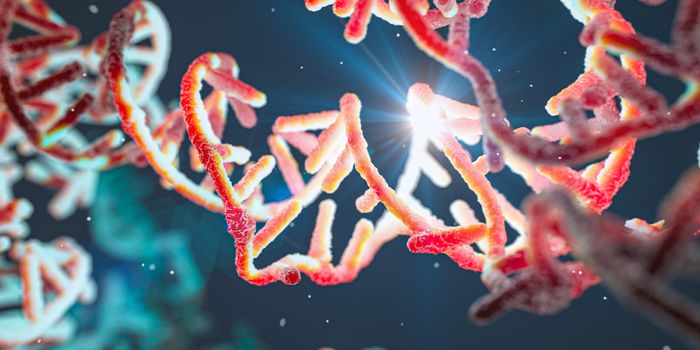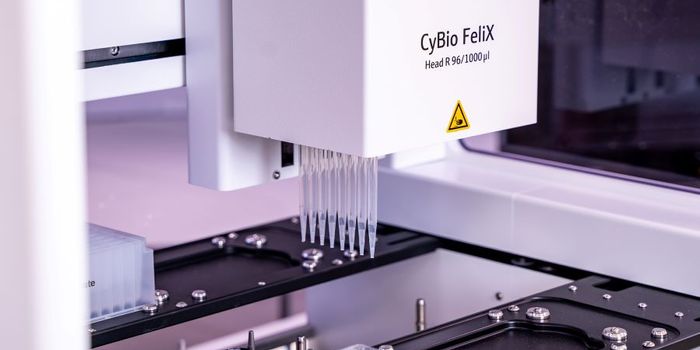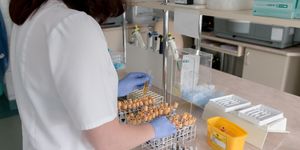A More Precise Version of CRISPR/Cas9 is Created
Several years ago, a team of researchers began a revolution in gene editing with the CRISPR/Cas9 tool, which was inspired by a defensive strategy that bacteria use against viruses that infect them. The tool can target specific parts of the genome, where it introduces cuts. One drawback of the method is that it sometimes makes those cuts in unintended places. Since CRISPR/Cas9 was created, other scientists have been perfecting and expanding the uses of the gene editor in many ways, one of which is to make the technique more precise.
Now investigators have developed a more accurate variation of CRISPR, which reduces the number of off-target effects and may be better suited for use in gene therapy. The work has been reported in the Proceedings of the National Academy of Sciences (PNAS).
The Cas9 enzyme is the part of the CRISPR system that cuts DNA, and it’s derived from a microbe called Streptococcus pyogenes (SpCas9). In order to use the tool to repair genetic errors in humans, the CRISPR/Cas9 reagents must be delivered into human cells. A viral vector has been used to achieve that goal, called an adeno-associated virus (AAV). However, the SpCas9 is large, and the viral vector has trouble handling the molecule. A smaller version of Cas9 from a different microbe, Staphylococcus aureus (SaCas9), is much easier to fit into the delivery system. However, this enzyme is not as precise as it should be for use in patients.
In this work, the researchers aimed to make SaCas9 more specific as it seeks its target in the genome. The variant they engineered, SaCas9-HF, was shown to be more accurate as it targeted any of 24 different places in the human genome. In gene sequences with a high likelihood of off-target impacts, the SaCas9-HF reduced them by 90 percent compared to the normal SaCas9. In sequences with a low likelihood of off-target effects, the SaCas9-HF made almost no unintended cuts.
The SaCas9-HF was also good at making the right cuts. The on-target efficiency of the enzyme was 80 percent compared to the version that’s normally used; repairing genetic mutations sometimes only needs an on-target efficiency of ten percent.
"Our finding provides an alternative to the wild-type Cas9 toolbox—a new SaCas9 where highly precise genome editing is needed," said Zongli Zheng, assistant professor at the Ming Wai Lau Centre for Reparative Medicine at Karolinska Institutet in Hong Kong. "The new enzyme will be particularly useful for future gene therapy using adeno-associated viral (AAV) to deliver genome editing components in vivo."
The work must be confirmed in other types of cells to show that the unintended impacts are consistently reduced.
Learn more about CRISPR from one of the creators of the technique, Professor Jennifer Doudna.
Sources: Phys.org via Karolinska Institute, PNAS









